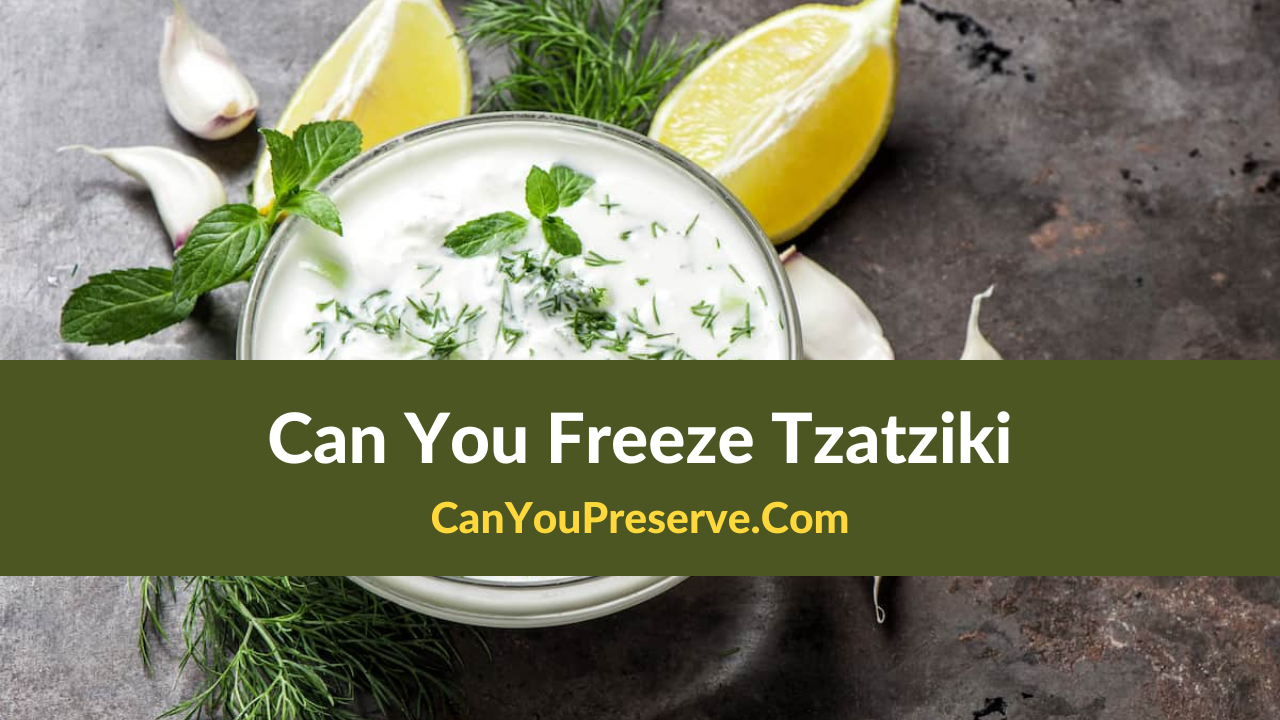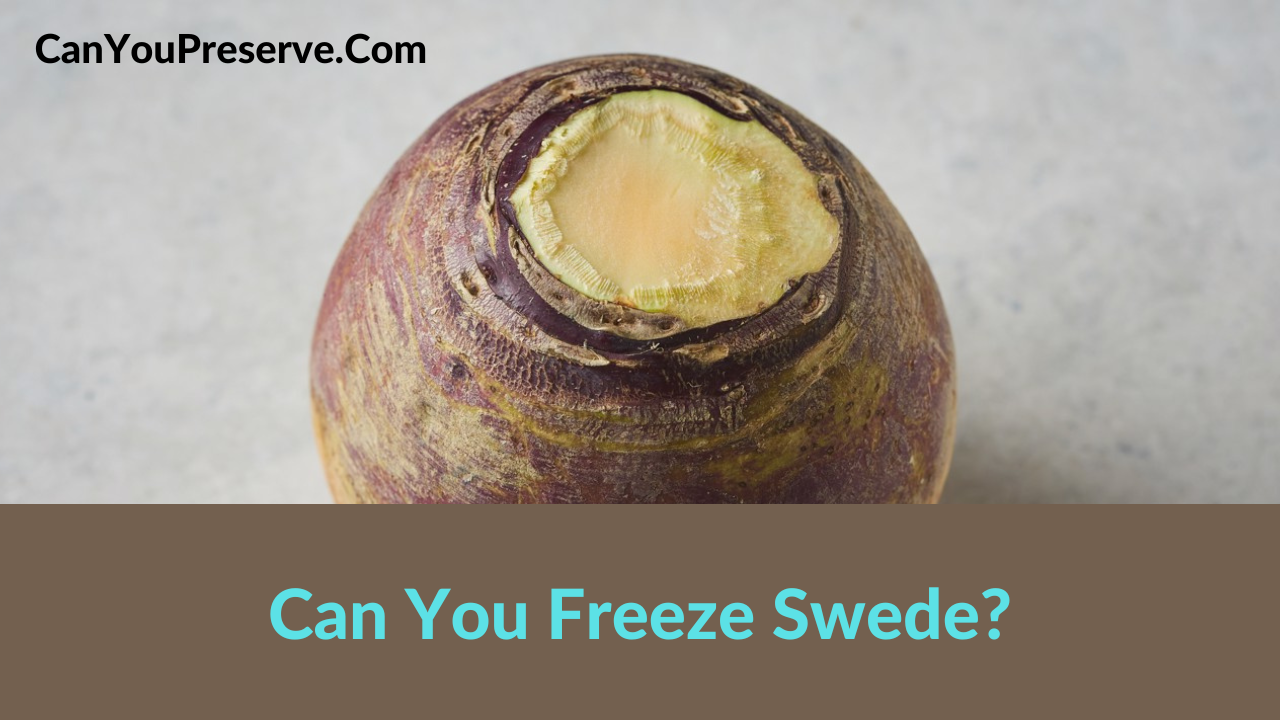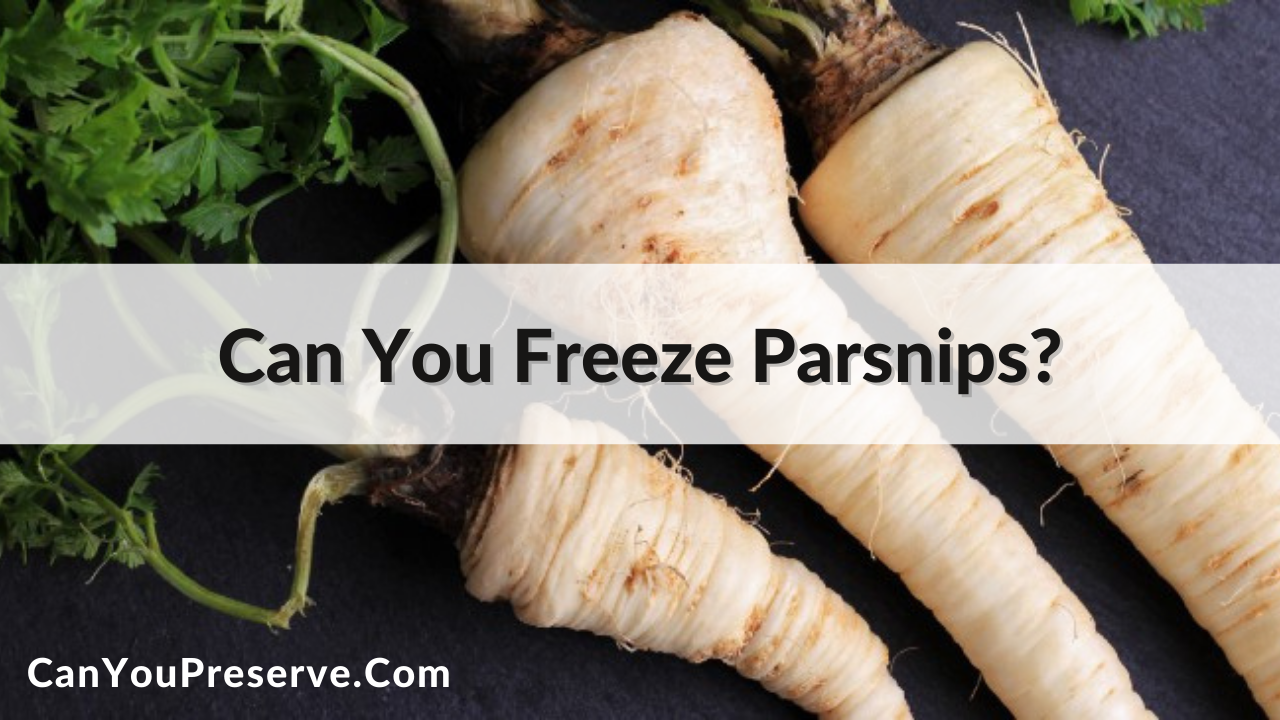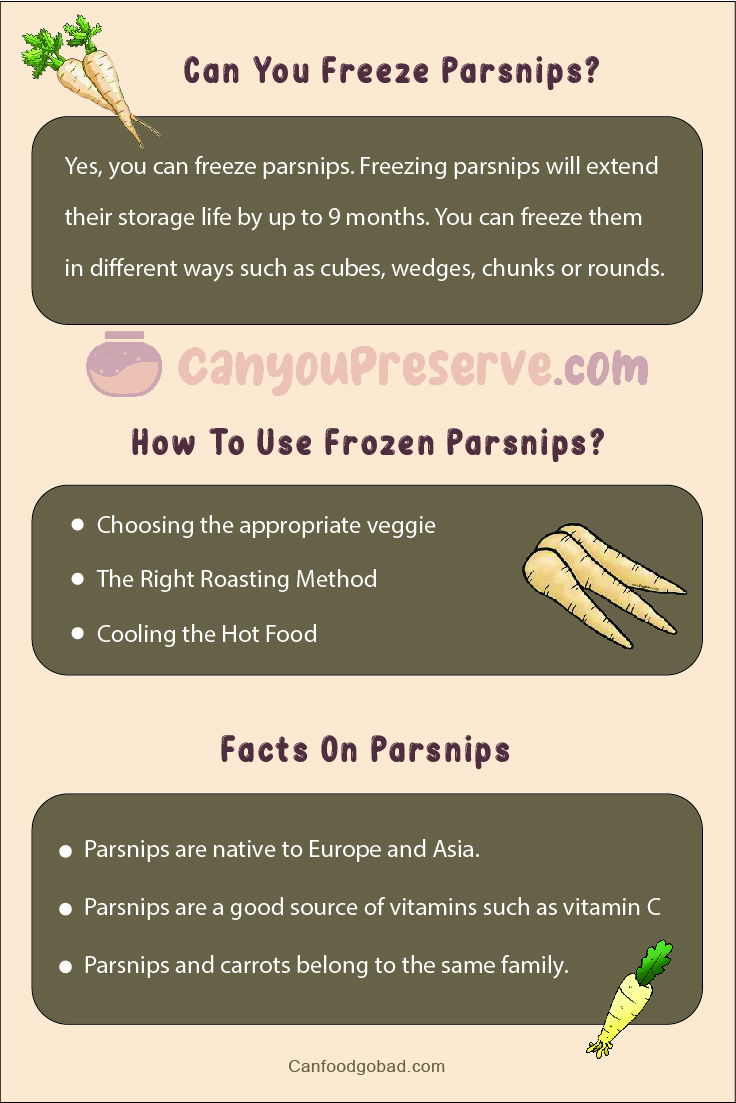Can You Freeze Tzatziki?: Tzatziki is a traditional Greek condiment made of grated cucumber, thick yogurt, garlic, vinegar, lemon, fresh herbs such as mint, dill, thyme, spices, and occasionally olive oil. It is served with various kinds of dishes and thus, you will want to store or preserve it for a good duration of time so that it can be served and enjoyed with other delicacies again and again.
Continue reading to learn how to freeze tzatziki sauce. The article explains in detail how to freeze and thaw it properly for optimum quality and enjoyment.
- Can You Freeze Tzatziki?
- How Long Can You Freeze Tzatziki?
- How Can You Freeze Tzatziki?
- Tips And Tricks For Freezing Tzatziki
- How Can You Thaw Or Defrost Frozen Tzatziki Sauce?
- Can Tzatziki Be Refrozen?
- FAQs On Can You Freeze Tzatziki?

Can You Freeze Tzatziki?
Absolutely! Tzatziki sauce has less water as compared to other dairy-based dips, making it better suited for freezing. It will change a bit in regards to the consistency and texture of the sauce, but as long as you thaw or defrost it properly, it will not impair the quality of the taste.
How Long Can You Freeze Tzatziki?
Tzatziki can be stored in the freezer for up to 3 months. To freeze tzatziki, wrap it well and protect it from freezer burn. It is also a good idea to divide it into smaller portions. Make sure to follow the freezing tips effectively so that you can extend the shelf life of tzatziki.
How Can You Freeze Tzatziki?
Freezing tzatziki sauce is a simple process that does not require much equipment. Freezing Tzatziki sauce and storing it for three months should be no problem. However, knowing the proper process can make freezing Tzatziki sauce a breeze. You only need some resealable bags and freezer-safe containers to get started.
- Freezing leftover tzatziki is an excellent way to keep it fresh. When it comes to freezing a sauce that is yogurt-based, ice cube trays are the best way to go. Transfer the frozen cubes to a freezer-safe bag or container. This allows you to utilize only what you need without having to thaw the entire content.
- Fill a resealable bag or airtight container halfway with tzatziki sauce and carefully secure it.
- Wrap your container in a few rounds of plastic for extra protection in case of or to avoid spillage and to prevent air from entering.
- Put your tzatziki sauce bag or container into a second container for a second layer of protection. It aids in the prevention of freezer burn, which can have a negative impact on the taste and flavor.
- To determine how long your tzatziki dip has been in the freezer, label the container with the date and contents. This helps in tracking the expiry date.
Tips And Tricks For Freezing Tzatziki
The Tzatziki sauce is far too good to waste. Freezing the sauce not only saves time, but it also extends its shelf life as compared to storing it in the refrigerator or fridge. These suggestions will assist you in achieving the finest results.
- Make use of freezer-safe jars. Freezer-safe jars are preferable to freezer bags because they prevent the compartment from breaking.
- Greek yogurt is available in a variety of fat content levels. The higher the fat content, the less water it will hold. Choose a full-fat Greek yogurt as the water content of it is much lower which in turn will make the freezing process much better.
- Label the bag or container before putting it in the freezer. Always record the date and label the bag/container accordingly before placing it in the freezer. Tzatziki sauce may be stored in the freezer for about three months, so with a date, you can tell how long it has been resting there.
- Cucumbers are high in water content. Cucumber, for example, increases the water content of Tzatziki sauce. This can cause problems throughout the freezing process. Cucumber, on the other hand, is an essential component of your Tzatziki sauce that should not be overlooked. To limit the amount of water in your cucumbers, grate and strain them. It keeps your Tzatziki sauce from becoming watery and affecting its freezing.
- While defrosting, lemon and cucumber might cause your Tzatziki sauce to become gritty. While this should not be a major issue, the consistency of your sauce after defrosting can be restored by adding yogurt and cream.
- Tzatziki, like most every other meal that is frozen, changes texture. The most important advice is to freeze a little bit of tzatziki sauce, then defrost it and taste it to evaluate how you like the texture and flavor.
Read More:
How Can You Thaw Or Defrost Frozen Tzatziki Sauce?
When you’re ready to use your frozen sauce, you’ll want to let it defrost first. The simplest way to do this is to remove the serving you require from the freezer and place it in the refrigerator overnight before using it. The next important step is stirring so that it retains its smooth consistency to avoid splitting.
You can add more yogurt, specifically fat Greek yogurt, or thick cream to allow it to properly reconstitute before mixing or stirring. It should be completely thawed and ready to use the next day.
Can Tzatziki Be Refrozen?
While refreezing thawed tzatziki is totally safe from a health standpoint, it’s not the best option. Refreezing tzatziki will most likely make it runny and change its flavor. As a result, we recommend freezing tzatziki in individual amount sizes so you don’t waste leftovers or freeze it a second time. You will almost probably not be impressed with the results if you refreeze tzatziki.
To get the latest updates on dairy product cashew milk and its freezing process follow the quick link Can You Freeze Cashew Milk and learn how to freeze effectively so it lasts long.
FAQs On Can You Freeze Tzatziki?
1. How Long Can You Freeze Tzatziki?
Tzatziki can be frozen for about three months. Even if you want to refrigerate it first, the sooner you place your tzatziki in the freezer, the tastier it will be once defrosted.
2. What Happens When Tzatziki is Freezed?
As with many dairy and yoghurt-based goods, it will split slightly. A good mix or stir should resolve this only issue and you can enjoy it with meals again after storing it which will taste equally delicious!
This delicious sauce freezes well pretty well, though the texture of the tzatziki changes slightly during the freezing process. Don’t hesitate to portion them up and place them in the freezer to control their moisture content and protect tzatziki from freezer burn.
Key Upshots
If you have leftover tzatziki sauce or wish to create some ahead of time, the freezer is a perfect place to keep it. It lasts a long time and has the same flavor as when it was first frozen.
We hope you found the guidance about storing and freezing tzatziki useful. If you follow all of the steps and strategies outlined in the article, you can keep it frozen for an extended period of time. For more interesting frozen articles like Can You Freeze Evaporated Milk follow our website.









